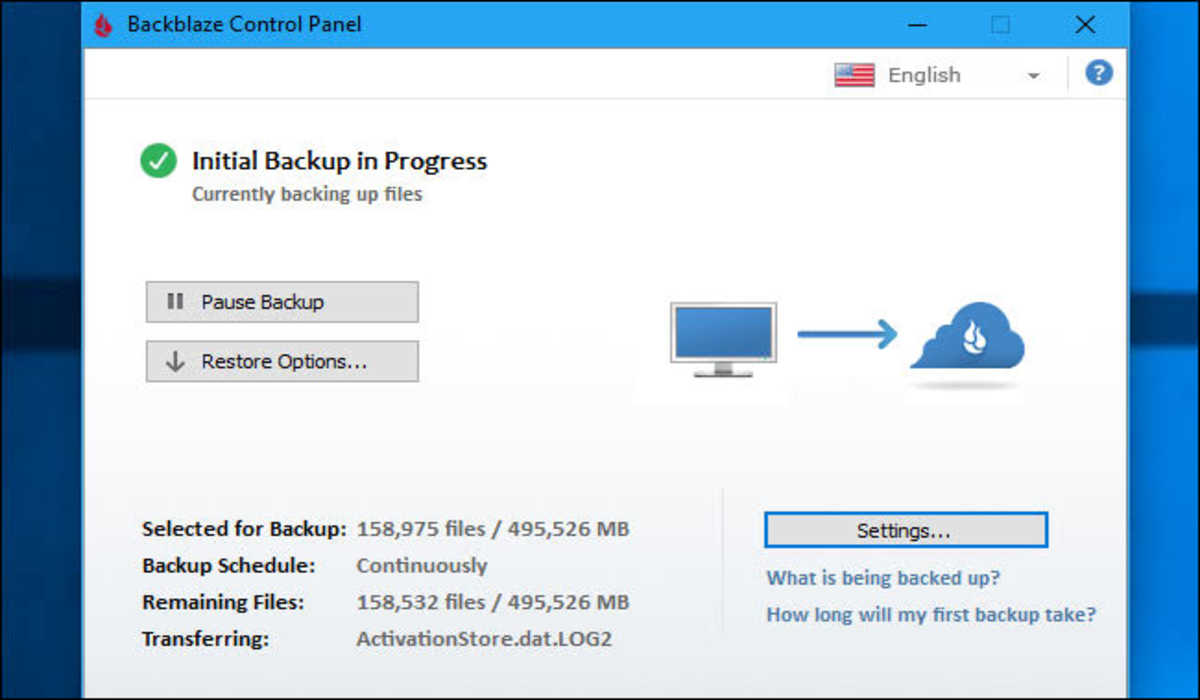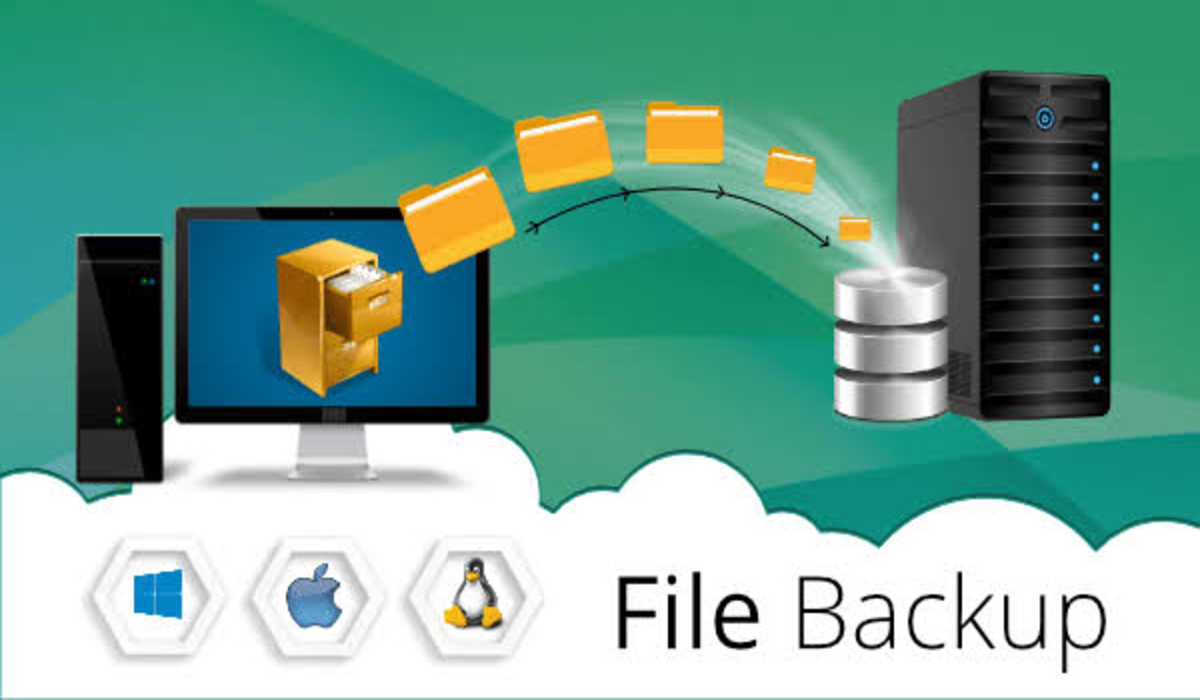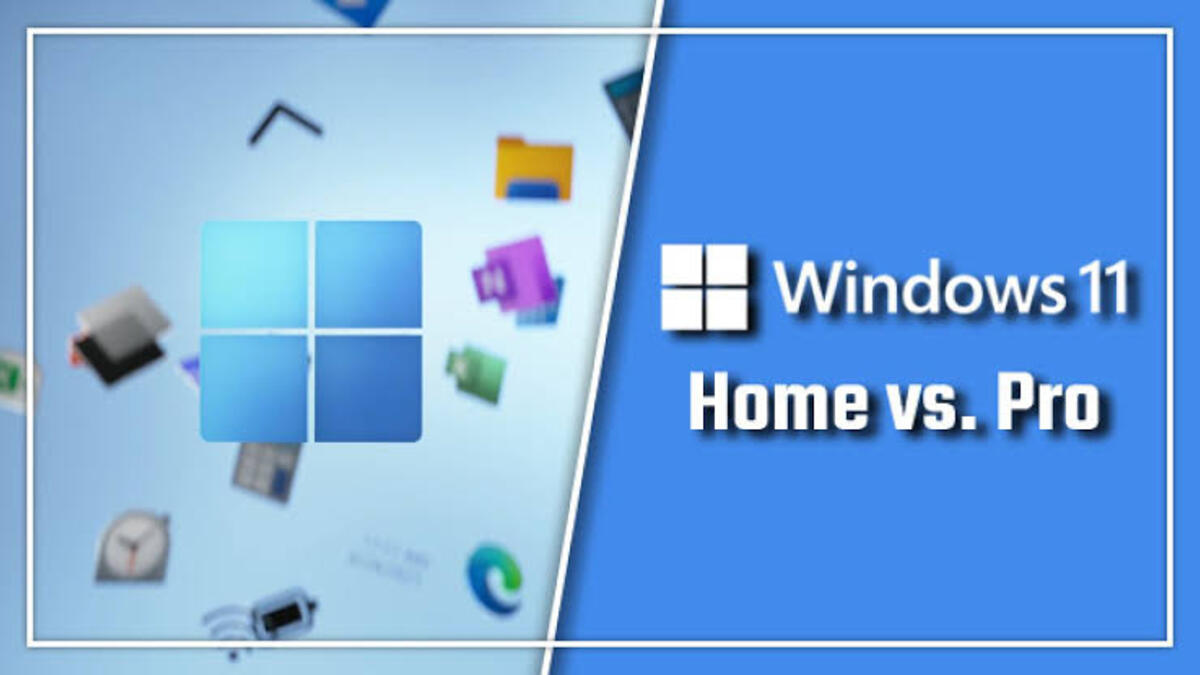File Level Backup; Everything You Need To Know
There are different approaches to backing up your files and each approach comes with its own advantages and disadvantages. File level backup, also known as file-by-file backup, has become more popular in recent years because it uses little to no bandwidth and simplifies the backup process.

However, file level back up requires more time to restore your data than other backup types and is more complicated to manage and maintain than other approaches. Here’s everything you need to know about file level backup so you can make an informed decision on whether or not it’s right for you.
What is File Level Backup
File level back up is the process of backing up individual files on a server. This type of backup is usually performed by a software program that is installed on the server. The software will create copies of the files and store them in a designated location. File level backup is often used in conjunction with other types of backup, such as image-based backup or database backup.
Why Use File Level Backup
File level backup is a type of backup that involves backing up individual files rather than an entire system. This can be useful for a number of reasons, including if you only need to restore a few files rather than an entire system, or if you want to save space on your backup storage device. Additionally, file level backup can be faster and easier to set up than other types of backup. If the folder you’re backing up contains thousands of files, it would take much longer to back them all up as one large batch. A major disadvantage of this method is that it’s not good for recovering deleted files; once the deleted file has been overwritten by another one, it’s gone forever!
Differences Between File Level Back up vs Image Level Backup
An image level backup or full-system backup, as the name suggests, backs up everything on your system. This includes not only your files, but also your operating system, settings, and applications. On the other hand, a file-level backup only backs up your files—not your operating system, settings, or applications. For example, you might use a file-level backup when you want to back up just one folder.
When Do I Need File Level Backup
There are a few scenarios where you might need file level backup. If you have sensitive data that needs to be backed up, but you don’t want to share it with others, file level backup is a good option. Another scenario is if you have data that changes frequently and you want to be able to restore it to a specific point in time. Finally, if you have large amounts of data that would take too long to back up using other methods, file level backup can be a good solution.



